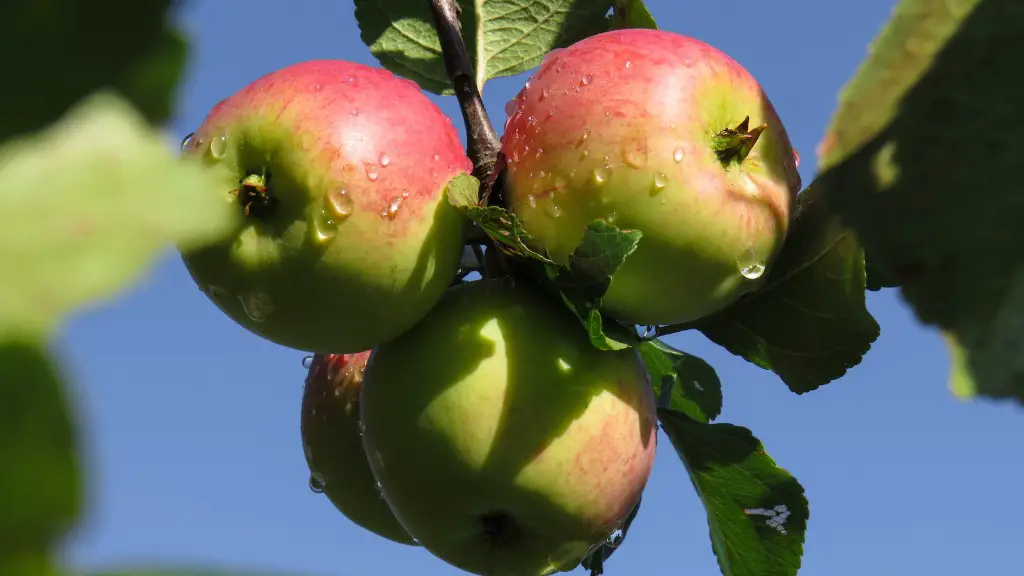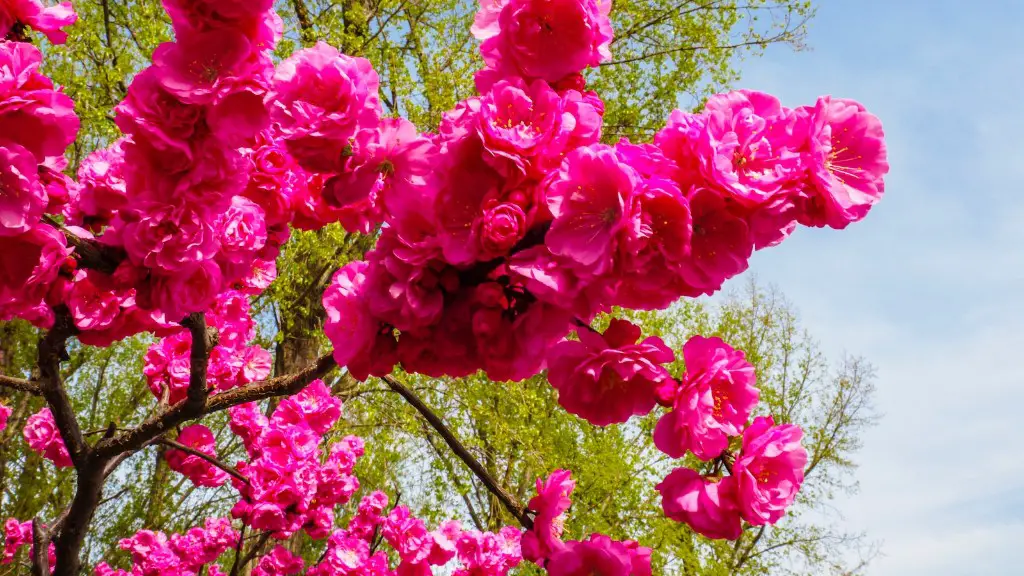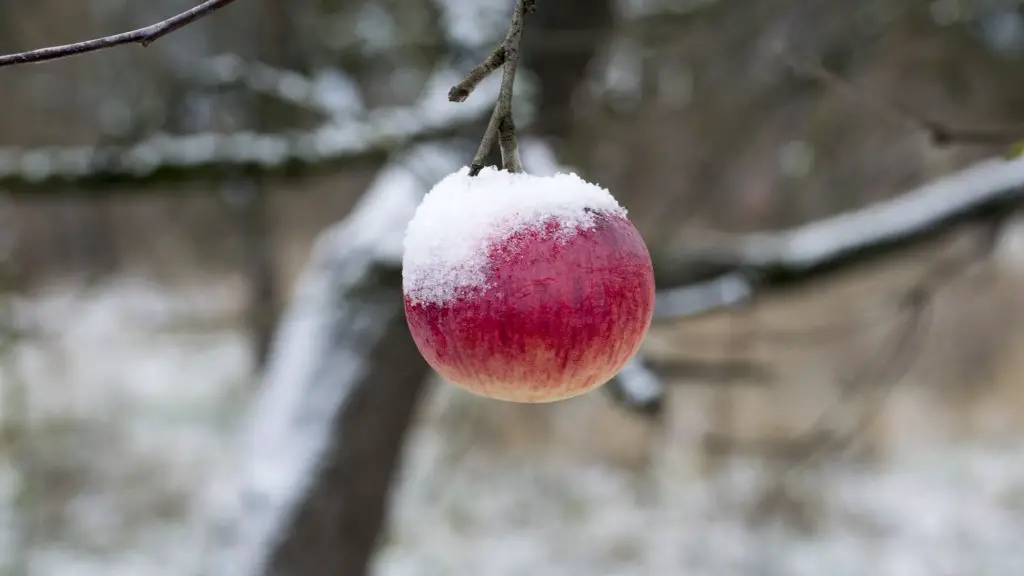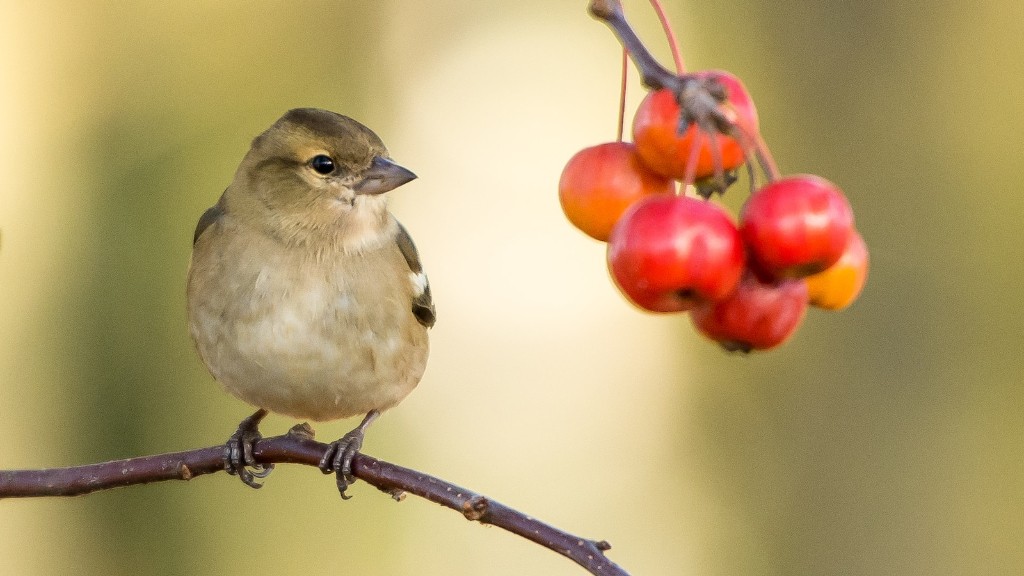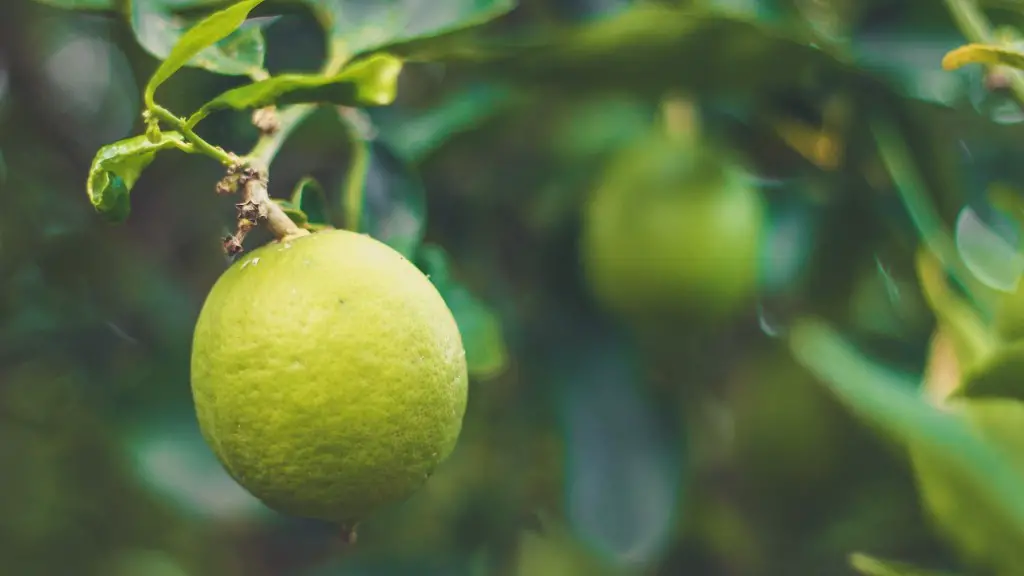The May Queen apple tree is one of the oldest cultivars of apples in existence, with a history stretching back over a century. Often referred to as the “Kent Mother” apple, it is an old type of crab apple which was once popular for its robust disease tolerance, taste, and skin coloring. Today, May Queen apples are still favored by some due to their unique characteristics and classic crab apple flavor.
May Queen apple trees are usually propagated through cuttings or grafted onto sturdy rootstocks. These trees are hardy and thrive in a wide range of climates, making them suitable for growing in temperate areas of the United States and Europe. They also have a somewhat upright growth habit, making them easier to prune and manage.
The May Queen apple tree produces large, mildly tart apples with yellow-greenish skin, a white flesh, and a unique taste. Its apples have a unique aroma and flavor, and the taste has been described as “unmistakably crab apple-like.” The apples are well suited for fresh eating, cooking, and cider making, and can be used to make a range of products, from jam to pies and apple butter.
The May Queen apple tree is not only flavorful and disease tolerant, but it also has several health benefits. Apples from the May Queen tree are considered to be one of the highest sources of polyphenols, powerful antioxidants found in fruits that can help fight off free radicals and support healthy brain function.
The May Queen apple tree is an ideal choice for gardeners and orchards alike. It is easy to grow and maintain, and can be a great addition to any garden. With its sweet tart flavor and robust health benefits, this is an apple tree that’s sure to stand the test of time and retain its popularity for years to come.
History
The May Queen apple tree has a rich and complex history. It originated from around 1885, when it was discovered by a newspaper editor in Kent, England, and given its name. The newspaper editor sent cuttings from the tree to the Royal Horticultural Society (RHS) of London. From there, the tree was propagated, grafted, and widely planted in orchards and gardens.
Soon the hardy, disease-resistant May Queen apple tree began to spread throughout the United Kingdom and Europe, becoming one of the most widely planted apple cultivars. The tree was also brought to the United States and Canada, and can now be found in orchards and gardens all over North America.
The May Queen apple tree remains an important part of orchard and garden history. During the Victorian era, it was a popular choice for gardeners and orchards. In fact, the well-known classic children’s novel, Little Women, even mentions the May Queen as the favorite of the characters in the book.
Today, the May Queen remains a popular choice for gardeners, orchards, and cider makers alike. Despite its long history, the tree’s popularity has remained steady for centuries.
Growing
The May Queen apple tree is easy to grow and maintain. It is suited for a wide range of climates and is capable of producing a large amount of apples each season. The tree does require regular pruning and maintenance, as well as a well-drained, sunny area to grow.
The tree is capable of surviving in colder climates and is resistant to most common apple diseases. It is also a slow-growing tree, making it less vulnerable to late-season frosts and snow.
The best time to plant a May Queen apple tree is during the early spring or late summer. Once planted, the tree should be properly watered and fertilized to ensure healthy growth. With proper care and regular pruning, the tree can produce apples within four to five years.
As a grafted apple tree, the May Queen requires cross-pollination, so it should be planted in close proximity to at least two compatible apple varieties for optimal pollination. The Royal Horticultural Society recommends calling your local county extension office for more information about compatible varieties for your local area.
Harvesting
The May Queen apple tree typically produces a large crop of fruit, but few of the apples will be ready for harvest at the same time. The tree produces light pink blossoms each spring, which precede the fruit. Generally, the apples are ready for harvest by late August or early September.
Harvesting the apples is typically done by hand, with a ladder and a basket or bag. Be sure to pick and handle the apples gently, as they are delicate and vulnerable to injury. Apples should also be inspected during and after harvesting, to ensure they are free of any pests or diseases.
Once the apples have been harvested, they should be stored promptly and kept in a cool, dry place. Apples can be kept in a cool pantry or refrigerator for up to a week, or wrapped and frozen for six months.
May Queen apples have a unique flavor and texture, and are perfect for fresh eating, cooking, or cider making. For cider making, the apples should be carefully milled, pressed, and purified, as this preserves the quality and flavor of the juice.
Uses
The versatile May Queen apple tree can be used in a number of ways. Its tart sweetness and disease resistance make it ideal for all sorts of culinary applications. The apples can be used to make jams, pies, applesauce, or other cooked desserts. They can also be used to make cider, a popular drink in some European countries.
In addition to its culinary uses, the May Queen apple tree has several other benefits. Its flowers have a unique scent and are often used in perfumery. The wood from the tree is hard and dense, and can be used for woodworking and other crafts.
Finally, the May Queen apple tree is a popular choice for gardeners, due to its hardiness, ease of care, and unique taste. Its robust disease resistance and unique flavor make it an excellent choice for those looking for an easy-to-care-for apple tree that produces flavorful fruit.
Health Benefits
The May Queen apple tree has several health benefits, due to its high levels of polyphenols and other antioxidants. Polyphenols are powerful antioxidants found in fruits and vegetables, and are believed to help fight off free radicals and support healthy brain function.
May Queen apples also contain high levels of dietary fiber, potassium, and vitamin C. Fiber helps promote healthy digestion, while potassium and vitamin C support the health of the cardiovascular system. These nutrients are also key components of the body’s immune system.
If you’re looking for a healthy and delicious apple, the May Queen is a great choice. With its robust disease resistance and natural sweetness, this is an apple tree that’s sure to provide delicious fruit for many years to come.
Sustainability
The May Queen apple tree is known for its sustainability. It is a hardy tree with a long history, and it does not require excessive amounts of water or fertilizer to thrive. In addition, the tree is not prone to disease and can survive in a wide range of climates.
The May Queen apple tree is also a good choice for organic orchards, or those that use sustainable farming practices. These trees are resistant to pests and require only minimal inputs of pesticides and fertilizers. This makes it an ideal choice for those looking to reduce their environmental impact.
Overall, the May Queen apple tree is a hardy, resilient tree that is capable of producing a large crop of flavorful apples. With its long history and sustainability, this is an apple tree that is sure to stand the test of time.
